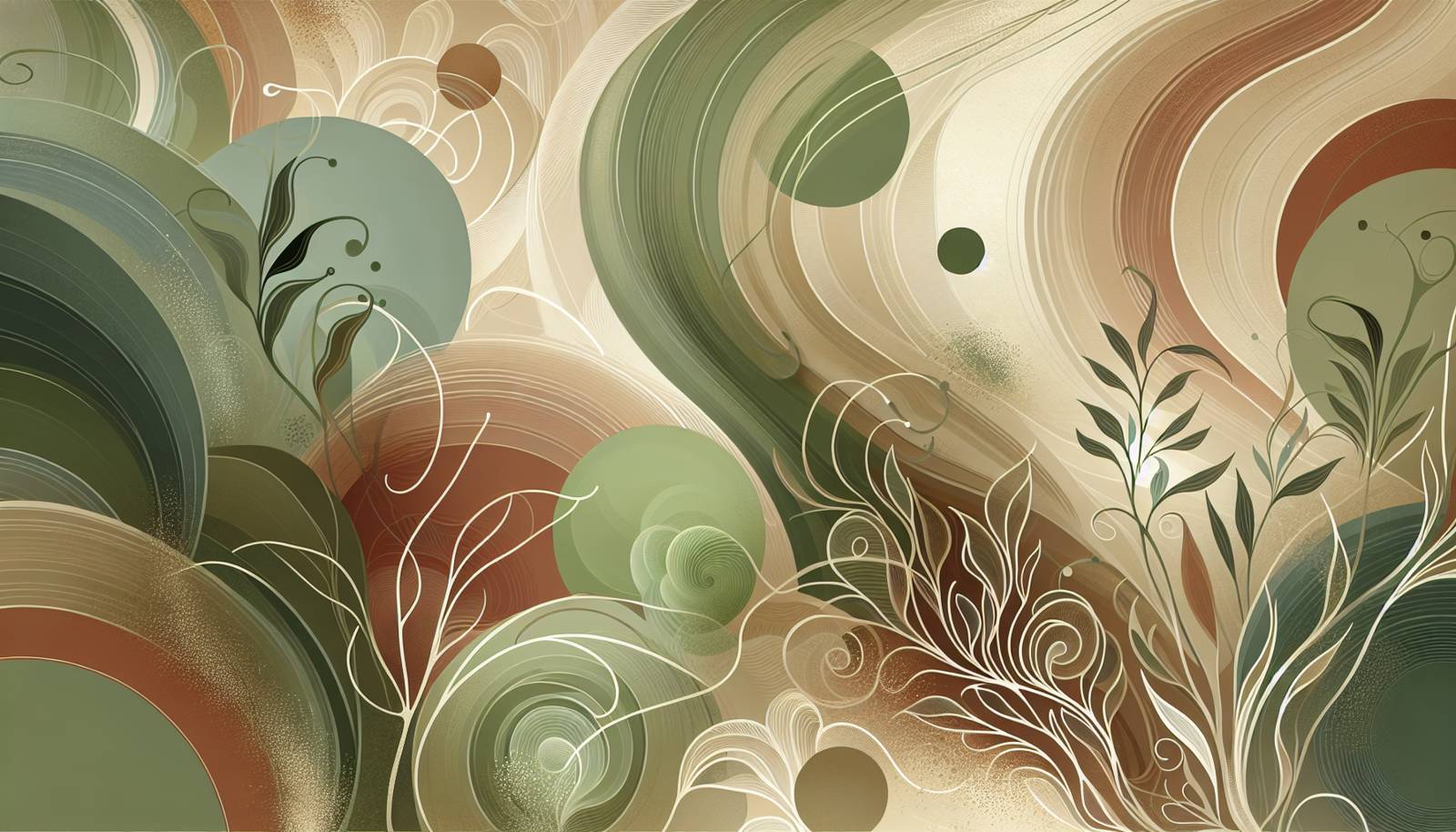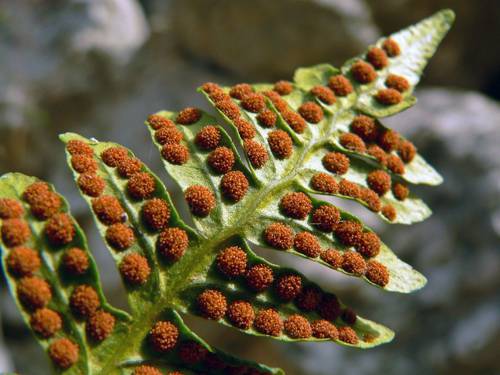
FAQ About Indoor Plant Spore Propagation

What is spore propagation for indoor plants?
Spore propagation is a method of plant reproduction that involves the use of spores instead of seeds. It is commonly used for ferns and other non-flowering plants that reproduce via spores. This process involves the germination of spores under specific environmental conditions to grow new plants.

Which indoor plants can be propagated through spores?
Ferns are the most common indoor plants propagated through spores. Other spore-producing plants include mosses, liverworts, and some types of fungi. Additionally, certain lower plants like selaginella and lycophytes can also be propagated via spores.

How do you collect spores from ferns for propagation?
To collect spores from ferns, wait until the fern fronds are mature and have visible sori (clusters of spore cases) on the underside of their leaves. Gently cut the fronds and place them, spore side down, on a sheet of paper or newspaper. As the frond dries, it will release its spores onto the paper.

What environmental conditions are ideal for spore germination?
Optimal conditions for spore germination generally include high humidity, warmth, and indirect light. A temperature range of 65-75°F (18-24°C) is often recommended, along with a humidity level of around 70-90%. Indirect sunlight or fluorescent lights provide the best lighting conditions.

Do spore-propagated plants grow slower than seed-propagated plants?
Yes, plants propagated from spores typically grow much slower than those from seeds. Spore propagation can take several weeks to months for spore germination and even longer for the young plants to develop into mature specimens.

What mediums are best suited for propagating spores?
A sterile and well-drained medium such as a mix of peat moss, sand, and perlite is ideal for propagating spores. Using a shallow tray with a plastic cover can help maintain the humidity levels necessary for successful propagation.

How can I prevent mold while propagating spores?
To prevent mold, maintain adequate ventilation and avoid overwatering, which creates a damp environment conducive to mold growth. Sterilizing the propagation medium and container beforehand can also reduce mold risk.

Is it necessary to use a greenhouse for spore propagation?
While not strictly necessary, a greenhouse or indoor growing environment with controlled temperature and humidity can significantly enhance the success rate of spore propagation due to optimal conditions it provides.

Can spores from outdoor plants be used for indoor propagation?
Yes, spores collected from outdoor plants can be used for indoor propagation as long as they are viable and the indoor environment can replicate the natural conditions the plant requires for growth.

What is the difference between spores and seeds in plant propagation?
The main difference is that spores are single reproductive units without the protective coating characteristic of seeds. They require specific environmental conditions to germinate, whereas seeds possess an embryo and are more resilient to varying conditions, making them easier to propagate.

What are some common mistakes to avoid in spore propagation?
Common mistakes include using non-sterile mediums leading to contamination, inadequate temperature and humidity control, and insufficient lighting. Additionally, patience is essential, as it often takes a considerable amount of time for spores to germinate and develop.

How can I determine if my spores are viable?
Viability can sometimes be determined by the appearance of the spores; they should look plump and healthy. Testing a small batch for germination under optimal conditions can also indicate viability. Lack of growth may suggest non-viable spores.

How long do spores remain viable for propagation?
Spore viability varies between species, but generally, they remain viable for about one to two years if stored properly in a cool, dry place away from light. Some spores may last longer, while others lose viability more quickly.

Can spore propagation be done year-round?
Yes, spore propagation can be done year-round indoors, provided the necessary environmental conditions such as temperature, light, and humidity are consistently maintained.

What is the lifecycle of a spore-propagated plant like?
The lifecycle begins with spore germination, leading to the formation of a small, heart-shaped gametophyte. This gametophyte produces reproductive organs, eventually leading to the formation of a new plant. The process can take several months to years to reach a mature plant.

Is artificial lighting sufficient for spore propagation indoors?
Yes, artificial lighting such as fluorescent or LED lights can provide sufficient light for indoor spore propagation. Ensure that the lighting mimics the natural light conditions by keeping it on for 12 to 16 hours a day.

How do I maintain humidity levels for indoor spore propagation?
Humidity can be maintained by placing a clear plastic cover over the propagation tray to create a mini-greenhouse effect. Alternatively, using a humidifier in the room or misting the air regularly can help maintain required levels.

Are there any pests or diseases to watch for in spore-propagated plants?
Common pests include fungus gnats and aphids, while diseases can include root rot and powdery mildew, often due to poor air circulation and high humidity. Regular checks and maintaining cleanliness can help prevent such issues.

What are the benefits of propagating plants from spores?
Propagation from spores allows for genetic diversity and is a way to grow plants not commonly available through other methods. It provides an excellent learning opportunity for those interested in understanding plant biology and lifecycle.

How do I acclimate spore-derived plants to normal indoor conditions?
Once the young plants have developed sufficiently, gradually reduce humidity levels by opening the propagation cover over several days. Slowly increase exposure to light and temperature changes, helping the plants adapt to standard indoor environmental conditions.
